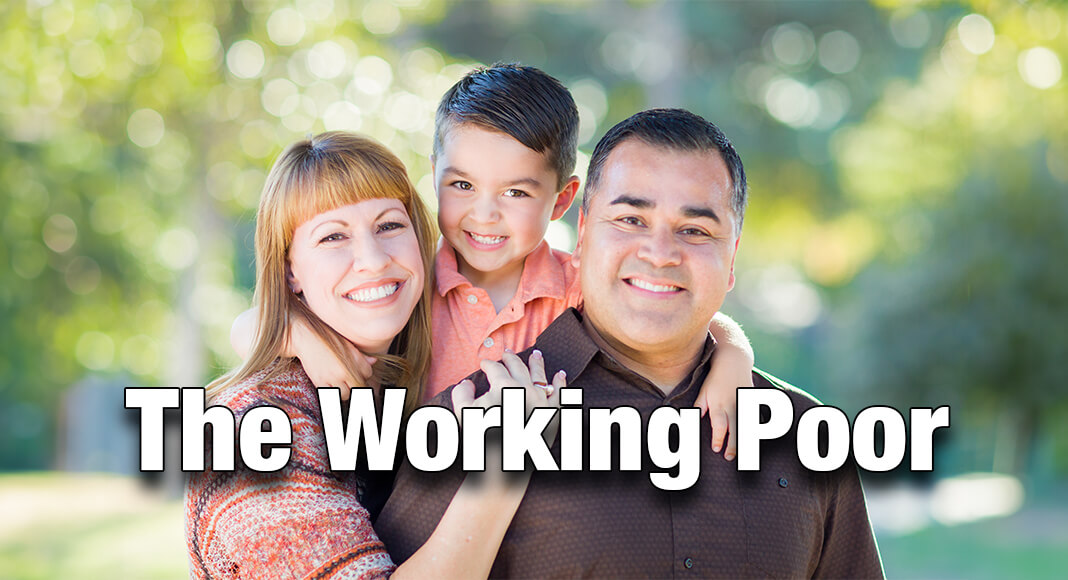
Texas Border Business
In 2022, 37.9 million people (11.5% the US population), lived below the official poverty level according to the US Census Bureau. For context, in 2022, the weighted average poverty threshold for a family of four was $29,950. For an individual, it was income below $14,880. These values are updated annually to reflect changes in the Consumer Price Index, but do not vary geographically. The Census measure does not include the value of noncash benefits (such as food stamps, Medicare, Medicaid, public housing, and employer-provided benefits). On the other hand, it is extremely limited in what it considers due historical factors in how it was created (a fascinating story for later), and more accurate and comprehensive indicators reveal that the numbers in poverty are systematically higher. The overall economic and social consequences of poverty are staggering (another topic for the future).
Most of those living below the poverty level are either adults not participating in the labor force during the year or children. However, 6.4 million constitute the “working poor,” those who spent at least 27 weeks in the labor force but whose incomes nonetheless fell below the poverty threshold (about 4% of the workforce).
The most common issues confronting the working poor are low earnings (affecting about two-thirds of the group), periods of unemployment, and involuntary part-time employment. As would be expected, the incidence varies significantly with educational attainment and is markedly higher among those without a high school diploma. The working-poor rate was lowest for Asians among ethnic groups and slightly higher for women than men. Young (and therefore inexperienced) workers (ages 16 to 19) are the most likely age group to be below the threshold, with rates declining among older groups.
Fortunately, there is some good news. The numbers of working poor are generally falling over time. In the aftermath of the Great Recession, there were well over 10 million people classified as working poor annually from 2009 through 2012. In addition, the more recent counts were not dramatically affected by the pandemic. The ratio of working poor to all workers has been significantly lower over the past few years than in any period dating back to the 1980s. Some of this narrowing reflects flaws in measurement (for example, it omits the recent major runup in housing costs), but real progress has been observed.
A strong job market is crucial to minimizing the number of people who work (or look for work) but remain below the poverty level. Another key factor is enhancing high school graduation rates, adult education, and other training to enhance skills and productivity. Efforts in these directions will pay dividends not only for the individuals involved, but also across the entire economy. Stay safe!
_________________________
Dr. M. Ray Perryman is President and Chief Executive Officer of The Perryman Group (www.perrymangroup.com), which has served the needs of over 3,000 clients over the past four decades.













